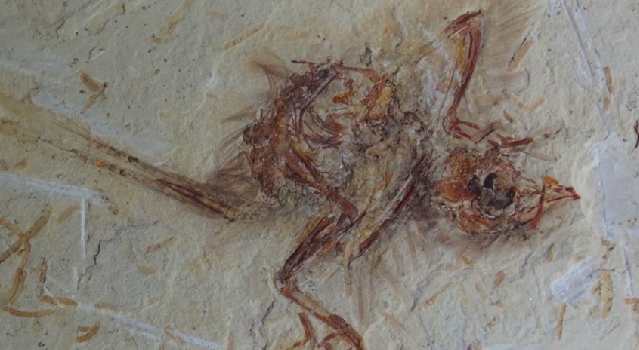Paleontologists have found a new bird species from the Mesozoic era with two-tail feathers the look like arrows in the northeast part of Brazil.
They described the hummingbird-sized specie with purely ornamental feathers and not really aerodynamically optimized. It measures 5.5. Inches and considered as one of the oldest known bird fossils found in the supercontinent called Gondwana, Yahoo reported.
Ismar de Souza Carvalho, study lead researcher and professor of paleontology and geology at the Federal University of Rio de Janeiro in Brazil, said that the fossil could disclose more data about the terrestrial ecosystems history that existed around115 million years ago in Gondwana.
The fossil of the small bird was found in 2011 at Araripe Basin in Brazil, a popular sedimentary fossil place that ranges from 100 million to 120 million years old. The place has already produced thousands of fossils from ancient turtles, insects, fish, flying reptiles, and plants as well, that came from the Cretaceous period.
Researchers suggest that the small bird was a young when it died of unknown causes. Bird species’ almost perfect fossils revealed that it belonged to Early Cretaceous period. They even discovered remnants of color and pattern, suggesting that the hummingbird-sized specie might have been quite extraordinary when it Was alive. Souza Carvalho and the team said that its feathers were not built for flying, but rather for the recognization of the species, sexual attractiveness, and visual communication, as per Red Orbit report.
Previously, fossils of colorful birds possessing arrow-like feathers were only found in China. Paleontologists believed that the bird might have flown via air teeming with other huge prehistoric animal species.




























